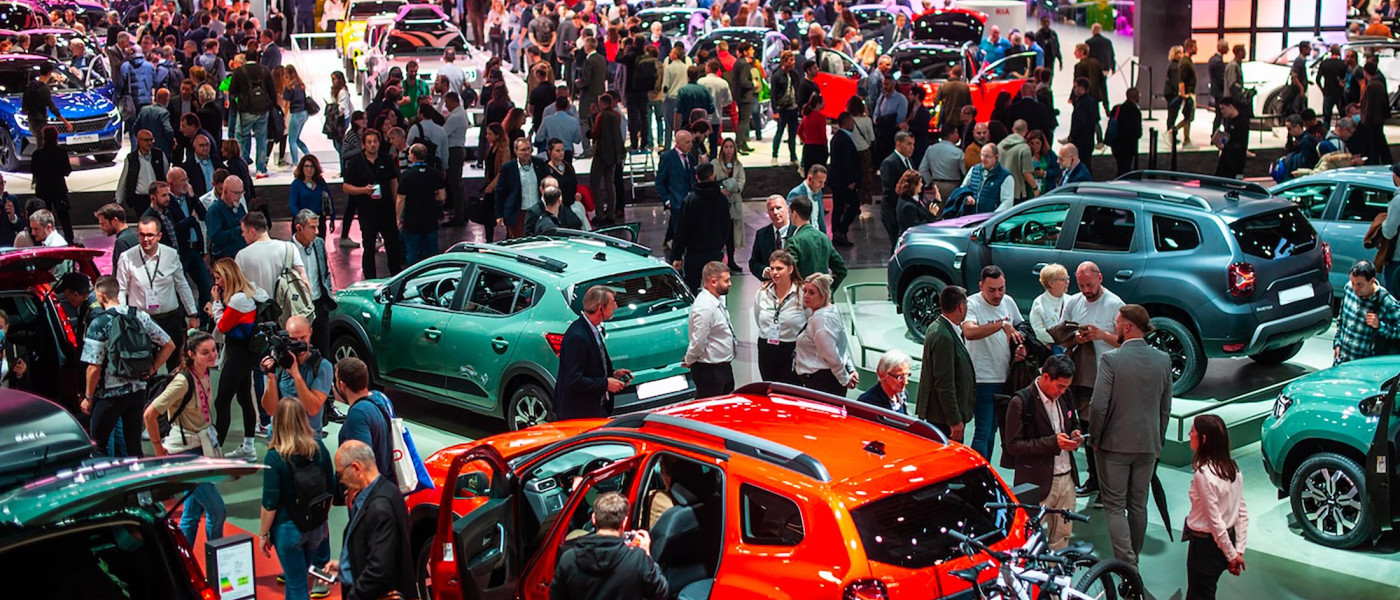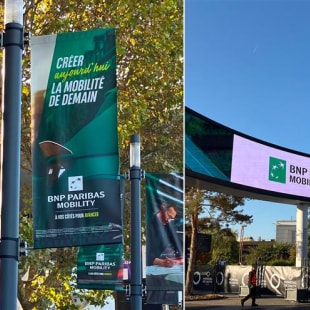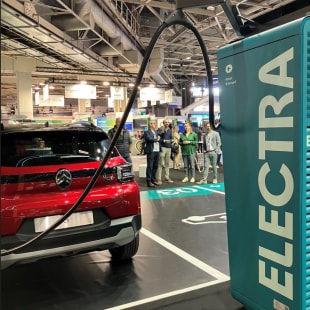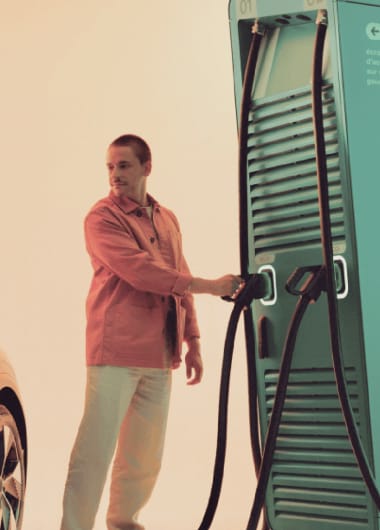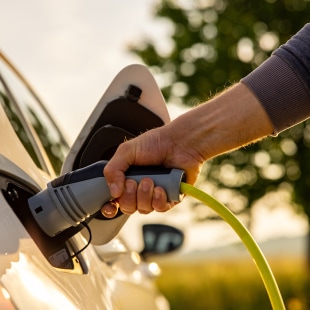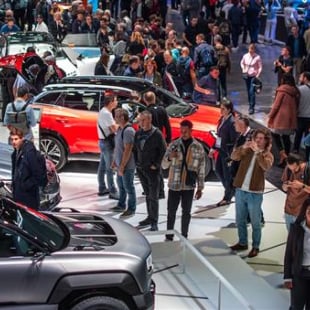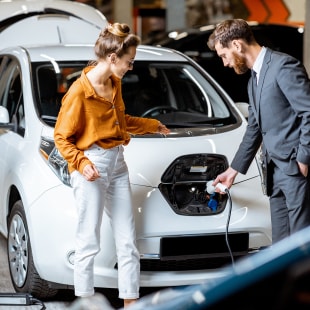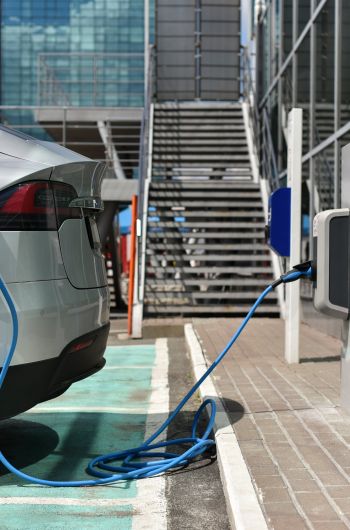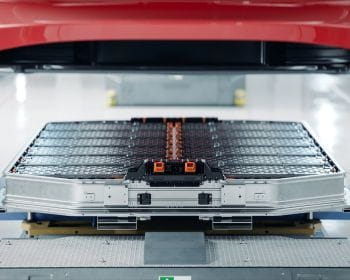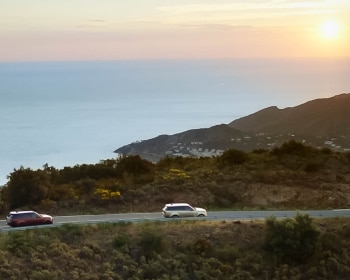The 2024 Paris Motor Show was totally electric!
Electricity was in the air at the 2024 Paris Motor Show. Pressured by the urgent need to protect the environment and by government regulations, manufacturers unveiled their new 100% electric vehicles. At Renault, vintage meets modern: the R5 and R4 E-tech (the new 4L) are revisited with voice commands, digital screens and flashy colours, much to the delight of those nostalgic for the 80s. At Mini and BMW, the Aceman JCW and the i7 are a dream for those who love small sports cars or spacious top-of-the-range cars - the latter has a limousine seat in the back and a large screen to entertain children and adults. As for Peugeot, the blue-white-red E-5008 is not to be outdone. But Europe is the world's second largest market for new energy vehicles, and this year's Paris Motor Show proved that it is a magnet for Chinese manufacturers such as Aito, BYD, Forthing, Hongqi, Leapmotor, Skyworth and XPeng who were all there, out to win new market share.
The transition to electric vehicles involves corporate fleets
On paper, and in view of the interest shown by visitors to this year's show, innovations are multiplying, and manufacturers of all origins have invested in electrification across all vehicle segments. But the question remains: how do we move from enthusiasm to mass use?BNP Paribas, which has brought together its various sustainable mobility activities under the umbrella of BNP Paribas Mobility, organised two conferences on 16 and 17 October to discuss the challenges, strategies and new solutions involved in this ongoing transition, which will inevitably involve corporate fleets.
The following four key points emerged from discussions held at the motor show between major players in the market.
1. Focus on fleet electrification
As Margy Demazy, Sales Director at Arval, points out, “road mobility is still one of the biggest sources of carbon emissions, and one out of every two vehicles on the road is a company vehicle”. Faced with this situation, the importance fleets in the vehicle mix is obvious: they represent a strategic lever for decarbonisation and have colossal scope for progress. Particularly in France, where only 13% of vehicles sold are electric (although this figure is rising rapidly), compared with 50% in China and 90% in Norway,’ points out Elise Erbs, Chief Investment Officer at Electra. A cautious approach that calls for action.
“While other industries have reduced their emissions, there has been no change in the automotive sector over the last 20 years” points out Ronny Seidel, Global Head of Commerce at BNP Paribas Personal Finance. France’s Law on Mobility (LOM) (link to article in French) aims to bring about a more rapid transition through new regulations. However, for this transformation to become a reality, it is necessary to reconcile legal constraints, appropriate infrastructures, and acceptance by company employees, stress the speakers.
2. Barriers to adoption: recharging, costs and infrastructure
The 2024 Paris Motor Show is going electric: city cars, SUVs, estate cars... the choice of electric vehicles is diversifying, and driving range is extending. Batteries are now capable of driving without a break for several hundred kilometres, even at 130 km/h, and are considerably enhancing the driving experience. However, there are still several criteria that companies and motorists are questioning before they embrace the change. Top of the list is recharging. The panellists were unanimous: this is where employees' reservations are concentrated. Aude Lane, Head of Partnerships and member of the Electric Mobility Department at EDF, confirms this: “Every company electric vehicle must be offered with its own recharging solution. Otherwise, employees won't want to adopt it”.
Smart charging solutions are also mentioned. For example, the V2G (vehicle-to-grid) technology that Dreev, a start-up launched by EDF, intends to develop to optimise the use of batteries and reduce the financial impact on drivers. Bi-directional V2G charging points make it easier to optimise energy use by scheduling charging during off-peak hours. Above all, the energy stored in the battery can be fed back into the grid during peak periods, either to neighbouring facilities or sold back to the grid. In both cases, there are financial advantages.
The question of infrastructure is also crucial: the installation of charging points in company car parks and the issuing of charging cards are ways of improving the situation. On this subject, Elise Erbs is optimistic: "We have almost 150,000 recharging points in France, up 30% on last year, and fast recharging points are growing even faster," she notes.
"The primary support consumers need is affordability. The second is advice: which vehicle is right for their use and their family situation.”
3. The importance of simplicity and customisation
“Employees want something that's simple and easy to use”, insists Elise Erbs, who encourages us not to “force the hand” of those who aren't ready for electrification, but rather to educate them. “Hear their hesitations and address them”. A philosophy on which Ronny Seidel and Aude Lane agree. To be convincing, it’s important to know how to adapt the fleet to the real needs of users. For example, the vehicles will be offered depending on considering distances regularly covered, frequency of use and geographical location. In the mountainous regions, for example, electric vehicles are less suitable, as cold temperatures reduce battery life.
During the discussion, Philippe Laufer, 3DS Global Brands - Executive Vice President at Dassault Systèmes, emphasised the relevance of using a ‘virtual twin’ to simulate usage, test different energy mixes (electric, hydrogen, etc.) and optimise the choices made by corporate fleets before purchasing. The SDV (Software Defined Vehicle) is also emerging as a technological advance that will enable the vehicle to be transformed into a ‘software platform’, offering greater customisation, connectivity and flexibility, while making it possible to improve the vehicle throughout its life cycle: automating tests, carrying out diagnostics once on the road or even downloading new functions remotely.
4. TCO and contract extension, key levers
Given the increase in the Total Cost of Ownership (TCO) of vehicles, extending the duration of contracts, particularly for electric vehicles, is an obvious solution. It's mathematical: electric vehicles, with their lower maintenance costs, are profitable over longer periods. To address this reality, Arval proposes, for example, to maximise the lifespan of vehicles through longer contracts and by multiplying lifecycles. ‘The total cost of ownership of an electric vehicle is three times lower than that of a combustion vehicle, and companies need to assess their real needs in terms of recharging to avoid unnecessary costs,’ explains Aude Lane ‘for example, there's no need to install an ultra-fast charger in a car park, where cars will be parked all day,’ - adding that at EDF, the objective is 100% electric vehicles in the company fleet by 2030.
"The total cost of ownership of an electric vehicle is three times less than that of a combustion vehicle, and businesses need to assess their true charging needs to avoid unnecessary costs."
Aude Lane, Head of Partnerships and member of the Electric Mobility Division, EDF.
What about retrofitting*, the process of converting from internal combustion to electric vehicles?
The question was posed in the audience at the end of the conference on 16 October: what if enabling companies to accelerate their migration to a greener fleet meant converting a combustion vehicle to electric? Retrofitting offers just such a solution. However, Ronan Perrier, Head of Arval Mobility Observatory, from Arval, remains cautious since development in France is still marginal. “For the time being, certain use cases may work, but the use of retrofits remains marginal. It's more of an opportunity to be seized in specific cases”. In the commercial vehicle sector, Renault has forged a partnership with Grenoble-based retrofit specialist TOLV to retrofit its Renault Master III model.
"Cross-sector collaboration is essential,” concludes Ronny Seidel. No one can manage the energy transition alone. We need to work together with manufacturers, their ecosystems and financial partners. As we stand at the crossroads between environmental necessity and technological innovation, this joint advance is, without doubt, the only road to take.

